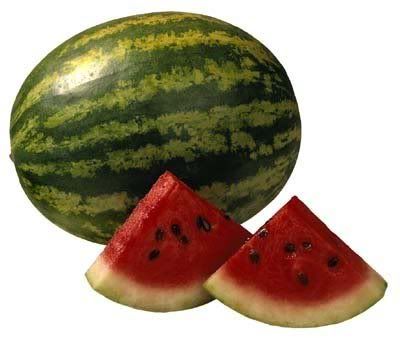Tomato Ketchup / Catsup Business
According to wikipedia ketchup /catsup like sauce originated in Eastern Asia. American’s and Europeans brought the technology into their country and tried to improve on it. Currently, one of the biggest distributor of ketchup is Heinz. And if you want to follow the footstep of Heinz you could try this recipe:
HOME MADE TOMATO CATSUP
Ingredients and Materials:
Tomato acc. to pulp needed
Vinegar ½ quart
Sugar 4 cups Continue reading “Tomato Ketchup / Catsup Business”


